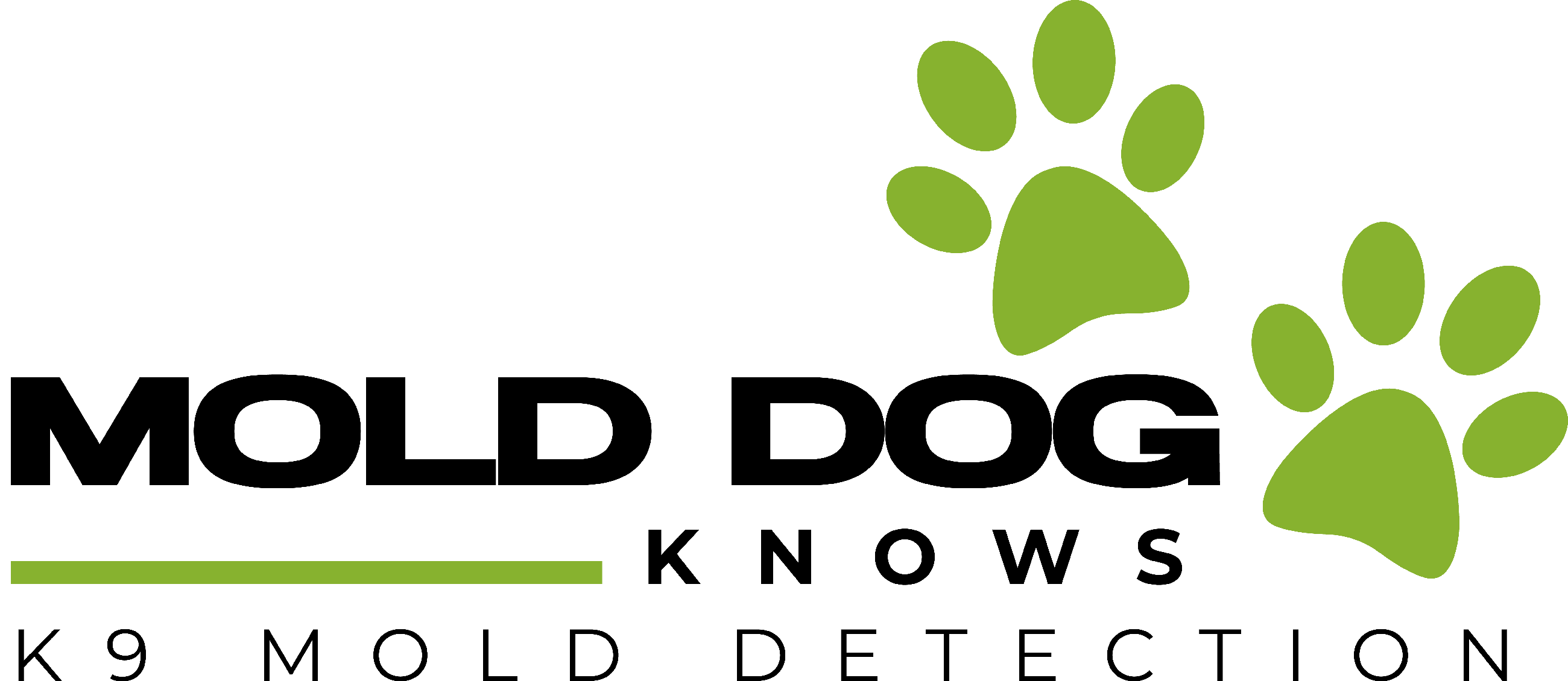Managing the Complex World of Mold-Related Illnesses: Insights and Solutions

By Dr. Rodney Russell
In the realm of household health, the diagnosis of mold illness for one family member can send ripples across the entire household, prompting a reevaluation of indoor air quality and necessitating substantial changes to the living environment. These shifts often spark a myriad of questions among residents, highlighting the need for clear, professional guidance. Drawing on the expertise of medical and indoor environmental professionals, we delve into the most common inquiries surrounding mold-related health concerns.
Unraveling the Misconceptions About Mold
Is Mold Just a Part of Our Environment?
While it's accurate to say mold spores are a natural component of outdoor air, their presence indoors signals a deviation from the norm, often indicative of underlying moisture problems or water damage that requires immediate attention. The proliferation of mold in damp indoor settings can lead to an array of secondary pollutants, including musty-smelling mVOCs, harmful mycotoxins, fungal fragments, and bacteria. Addressing water damage is not just advisable; it's imperative for maintaining a healthy indoor environment.
Why Aren't All Household Members Affected?
Intuitively, one might expect that if mold poses a health risk, all individuals in an affected environment would exhibit symptoms. However, the reality is more complex. Similar to how exposure to the flu virus doesn't guarantee illness for every exposed individual, reactions to mold can vary significantly. While some may experience no symptoms, others might suffer from mild allergic reactions or even severe health issues. Unlike the flu, mold exposure is typically continuous, potentially leading to prolonged health problems.
Can't We Just Kill the Mold?
There's a common misconception that simply killing mold solves the problem. However, both living and non-living mold can be harmful. Many associated pollutants, such as mycotoxins and fungal fragments, are not alive and therefore cannot be "killed." Eliminating mold involves more than just addressing the living fungi; it requires comprehensive cleaning techniques aimed at removing these contaminants without introducing new chemical hazards.
Is Mold a Concern If It's Out of Sight?
The presence of mold is not always visible, yet it can still impact the air quality in your home. Hidden mold, whether behind walls, under carpets, or within HVAC systems, can migrate into living spaces through air movement, heating or cooling systems, or disturbances caused by human activity. The invisible nature of these spores and particles underscores the importance of thorough inspections and remediation efforts to safeguard air quality.
Toward a Mold-Free Environment
Understanding the intricacies of mold-related illnesses is the first step in creating healthier indoor spaces. The concerns raised by households facing mold exposure highlight the critical need for informed action and professional intervention. By acknowledging the unique ways individuals react to mold and addressing the root causes of indoor mold growth, families can move towards restoring their homes to safe havens free from harmful contaminants.
For professional assistance in mold detection, please contact Mold Dog Knows at 214.675.0539 or email us at [email protected] We're here to help you create a mold-free and thriving environment.
How Can We Help You Today?
We are ready to understand your needs and schedule your mold dog detection visit. Please send us a message, and we will reply as soon as possible.

